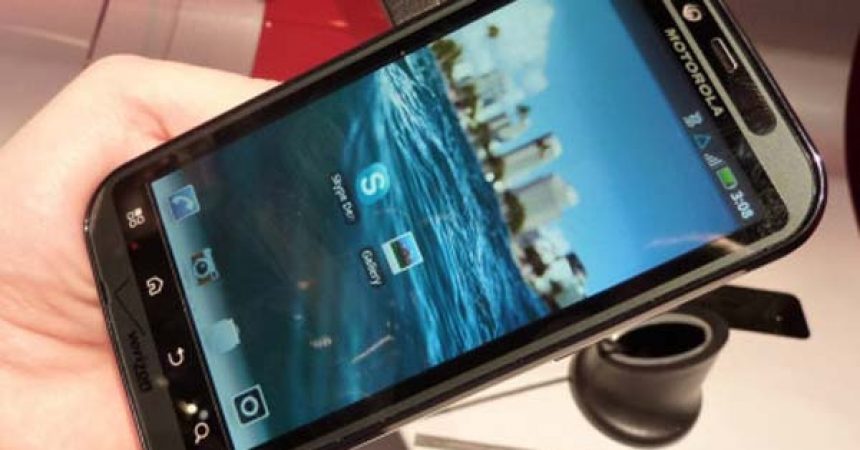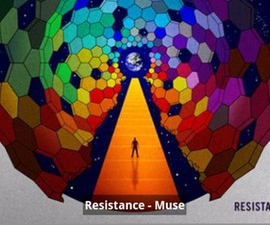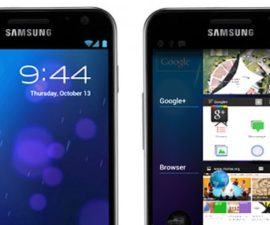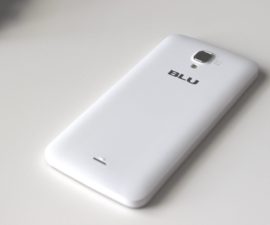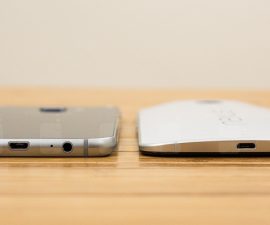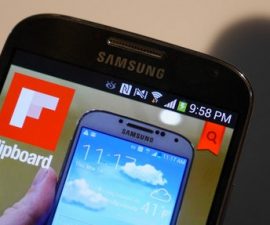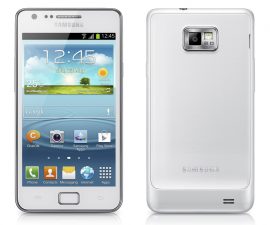Motorola Droid Bionic vs Samsung Galaxy S II
The “new and improved” Motorola Droid Bionic is here and many are wondering what it looks like when compared to what is thought to be one of the best smartphones ever, the Samsung Galaxy S II. In this review, we compare the two.
4.3 inches and 4G
- Both of these phones will have dual core processors capable of 1 GHz and will use 1 GB of RAM
- The Motorola Droid Bionic uses a Power VR SGX 540 GPU
- This makes it a match for Texas Instruments OMAP 4330 and 4440 dual-core processors
- The Droid Bionic can get an average of 34.9 frames a second, which is good but not as good as what the Samsung Galaxy S II can get
- The Samsung Galaxy S II’s performance average was 59.52 frames a second
- This could be because of the lower resolution of the SG II which means it’s processor doesn’t need to work as hardIf you really like 3D games, go for the Samsung Galaxy S II
- The Droid Bionic has 4G LTE connectivityThe Droid Bionic has a 4.3-inch g
- HD SLCD displayThe Droid Bionic has a 8 MP camera and gets1080 p HD video capture
- The Droid Bionic uses 2.3.4 Gingerbread which is the latest version of the Android OS
- The Samsung Galaxy S II is currently the most powerful smartphone available
- Moreover, the Samsung Galaxy S II has 16 GB and 32 GB versions of onboard memory
- For camera phone, the Samsung Galaxy S II has a 8 MP rear camera and a 2 MP front camera
- In the display, the Samsung Galaxy S II has a 4.3-inch display with Super ANGLED Plus display technology
Motorola Droid Bionic vs Samsung Galaxy S II Displays compared
- The Motorola Droid Bionic has a 4.3-inch screen that uses Super LCD and has gHD resolution
- The Samsung Galaxy S II has a super AMOLED Plus display with 800 x 480 resolution
- The 4.3-inch screen of the Droid Bionic is quite massive and the 960 x 540 gHD resolution of the screen is the largest and highest of any Android phone right now. The high resolution is close to the “Retina” display tech we see in the iPhone 4
- The drawback with gHD is it still basically relies on LCD technology
- The black levels can have some difficulty coming through when the LCD backlight is increased, which happened when you are outdoors, in a brightly lit room or other bright environments
- Viewing angles on LCD are also not that greatMotorola usually chooses good panels so there’s not that much cause for concern, though
- Super AMOLED Plus, is based on AMOLED, active matrix organic light emitting diode, technology. And by using it in the Galaxy S II, Samsung has produced a display that is really stunning
- The Super AMOLED Plus display has some of the best black levels, vibrant colors and contrasts around. The images are amazingly sharp due to its sub-pixel elements. Sunlight readability has been improved as well
- Samsung’s manufacturing processes ensure that the screen is thinner by 14%, this allows the Galaxy S II to be among the thinnest phones available. It is only 8.49 mm thin
Motorola Droid Bionic vs Samsung Galaxy S II Camera
- Both these phone will have 8 MP Cameras that will be 1080 p capable and have LED flashes
- SoftwareBoth will have Android 2.3 Gingerbread
- However, it’s reported as well that the Droid Bionic will have an even newer version Android 2.3.4
- The Motorola Droid Bionic will have Webtop functionality similar to what Motorola included in the Atrix.
Battery
- The batteries in both these devices are excellent
- Motorola Droid bionic’s battery is a 1,750 mAh
- For battery in the Galaxy S II is a 1,650 mAh
- The battery in the Droid Bionic is a little larger, around 10 percent, but the difference between the two is going to be offset by the fact that the display of the Galaxy S II uses less power.
Motorola Droid Bionic vs Samsung Galaxy S II Storage
- The Motorola Droid Bionic has 16 GB of internal memory
- The Samsung Galaxy S II also has 16 GB of internal memory
- Both these devices allow you to expand your storage with microSD memory cards.
The Bionic, which will be released by Verizon, is one of the most anticipated phones today. Unfortunately, it will have a locked bootloader and will use the inferior PenTile Matric in their display. So it will be great that it has LTE connectivity and get fast mobile data speeds.
On the other hand, the Samsung Galaxy S II will have a smaller but better Super AMOLED Plus Display, an unlocked bootloader but wound have the 4G LTE radio.
Both devices are pretty amazing so again, it all depends on what you can or cannot live without. If the lack of 4G LTE is a deal breaker, then go for the Droid Bionic. But if you can’t stomach having an unlocked bootloader, the go for the Galaxy S II.
So what do you think? Galaxy S II for you? Or the Droid Bionic?
JR
[embedyt] https://www.youtube.com/watch?v=h5RvF46XBA4[/embedyt]
